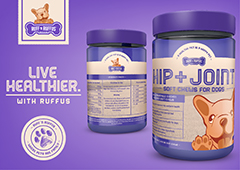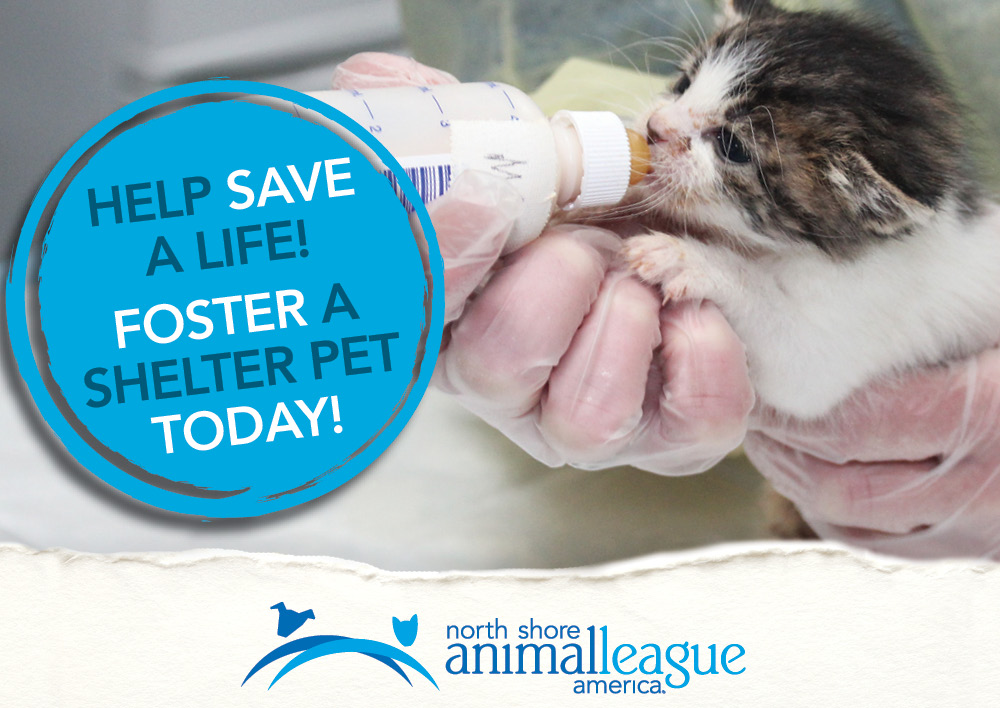NATURAL FLEA AND TICK PREVENTION
Protect Your Pet From Pests
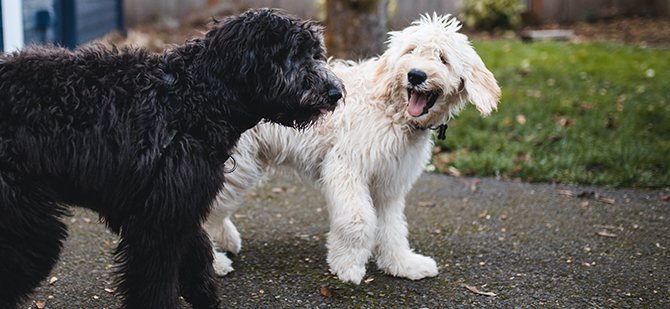
It doesn’t take a romp in the woods for your dog to pick up fleas and ticks, it’s a perfect storm with these pests everywhere as the weather gets warmer. A natural preventative approach can make all the difference.
By Steve Whitney
Summer is here and with it comes bugs. Temperatures rise, the humidity fluctuates, it’s the perfect storm for insect infestations.
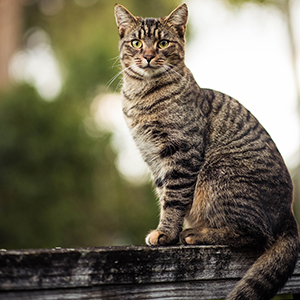 If your cat is going from indoors to outdoors, flea and tick prevention is important. Simple, organic solutions can work.
If your cat is going from indoors to outdoors, flea and tick prevention is important. Simple, organic solutions can work.Ticks, fleas, gnats, mites can cause skin allergies and irritations in our companion animals. Fleas transmit tapeworms to pets, ticks can transmit Lyme disease and Rocky Mountain spotted fever to both pets and humans.
As we learn more about the potential dangers of the use of toxic chemicals used for pest control we are also seeing some unwanted side effects. Chemicals like permethrin and piperonyl butoxide are “possible carcinogens,” meaning the potential to cause cancer. While there are numerous commercial products marketed to kill fleas and ticks, some pets may react poorly to these chemicals causing side effects like skin irritation, vomiting, diarrhea and maybe even seizures. Smaller cats and dogs tend to be the most sensitive to chemicals. This has led to an increase in people looking for a safer alternative approach.
No pesticide is 100% safe — not even those that claim to be “natural.” However, opting for truly natural alternatives can help you avoid exposing your pets to harmful chemicals.
Regular tick and flea maintenance will require a cache of insect fighting tools. Here are our recommendations for a natural and safer approach to pest management:
1. Keeping Pets and Their Environment Clean Keeping your pet’s coat clean and healthy is extremely important. Carefully check your pets for fleas and ticks after your walk, hike or visit to the park. If you find any pests be sure to remove with a flea comb. These fine-toothed wire tools come in a variety of shapes and sizes and do a great job in physical pest removal. Regular brushing prevents mats and helps remove fleas, eggs, and larvae. Regular bathing (especially during an infestation) will help reduce flea populations. Any natural soap / shampoo will immediately kill fleas, as long as you work up a good lather and allow it to sit a few minutes. Always keep your home less hospitable to unwanted insects. Identify and remove sources of food that could attract insects. Frequent housecleaning, including vacuuming and washing bedding, are important, especially when it comes to flea infestations in the home.
2. Vinegar Here’s an ingredient likely already in your kitchen that can be used to protect your pet. Vinegar can be added to your cat or dog’s drinking water at the rate of 1 teaspoon per quart of water, or it can be diluted in water in a 1:1 mixture and sprayed on your pet’s coat.
3. Essential Oils. Essential oils have been used to repel insects since the dawn of man. Many people find success in controlling ticks and fleas with the use of these ancient oils. There are many commercial brands and DIY formulations to choose from. Please keep in mind that certain essential oils can be dangerous to our pets. Read all labels and follow dosing suggestions. Use small amounts on your pet to begin and carefully observe your pet for any adverse effects.
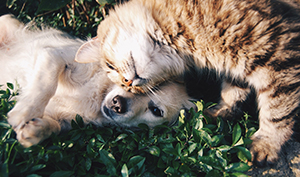 Cats are not immune from flea and tick infestation. But there are simple, healthy ways to keep them pest-free.
Cats are not immune from flea and tick infestation. But there are simple, healthy ways to keep them pest-free.4. Neem Oil This all-natural insect repellent comes from the neem tree in India. Add a few drops to your favorite pet shampoo, dilute it with dishwashing liquid for a do-it-yourself flea spray or simply apply the oil directly to your dog’s coat. Neem oil is the primary ingredient in grooming products by Sit. Stay. Forever. Neem oil also repels mosquitoes. Sit. Stay. Forever’s Tick and Flea spray for Dogs uses Organic Neem oil, Apple Cider Vinegar and Coconut Oils plus Rose Geranium, Grapefruit, Sweet Orange, Ylang Ylang, and Eucalyptus Essential Oils.
5. Garlic and Yeast It can help to feed garlic and yeast to dogs and cats. This gives them some extra B vitamins and makes them not so tasty to fleas. However be advised, you should not depend on this as your sole means of controlling fleas. For cats, a teaspoonful of yeast flakes (nutritional, not baking), and a small clove of garlic daily should be adequate. For big breeds of dogs, up to 1/4 cup of yeast and a few big cloves is a decent dose, and for those in between, adjust according to body weight. There are many commercial treats sold with these ingredients in them. And a caution: garlic in high doses, like onions, causes anemia in pets. Err on the side of caution, always, and keep the doses low, knowing the goal is in treating the environment, not the pet.
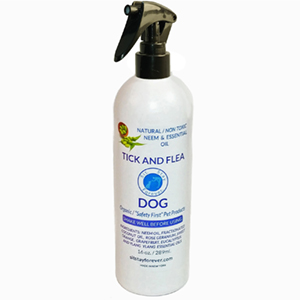 Sit Stay Forever makes a natural flea and tick spray.
Sit Stay Forever makes a natural flea and tick spray.A WORD OF ADVICE
Success of any natural pest mitigating protocol relies upon application regularity. READ and follow all dosing instructions carefully. Please keep in mind that all pets are individuals and may have different results/ reactions. What might be safe for your dog may be very toxic to your cats. Always start with a small amount of pest deterrent and observe your pet for any signs of an adverse reaction.
Always consult with your veterinarian before starting any pest control regime. Pet Poison Helpline is an animal poison control center available 24/7 to pet owners and veterinary professionals seeking expert assistance for a potentially poisoned pet. Treatment advice is available for all species, including dogs, cats, birds, small mammals, large animals, and exotic species. Pet Poison Helpline is available in North America by calling (800) 213-6680.
Author’s note: Steve Whitney is a degreed environmentalist (MS, BS, OSU, Natural Resources) and a lifelong owner and trainer of horses, dogs and cats. He is also the owner of Sit. Stay. Forever. Safety First Pet Products.









